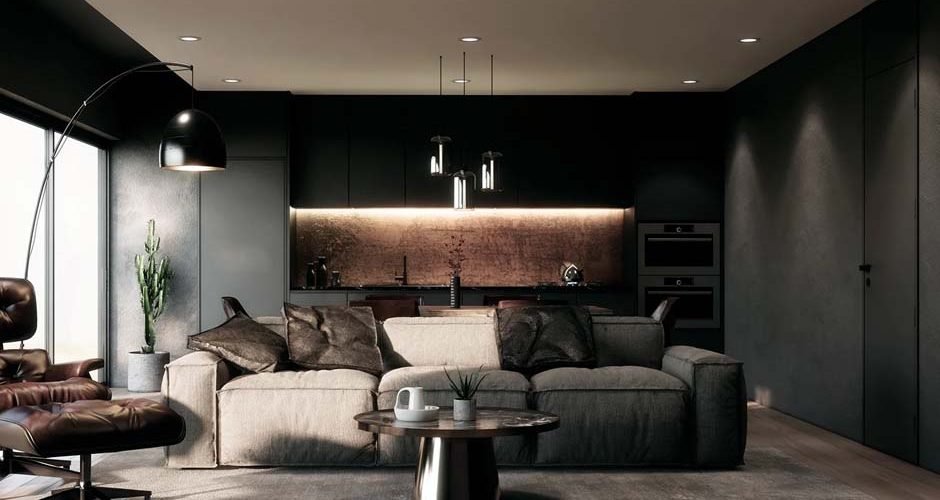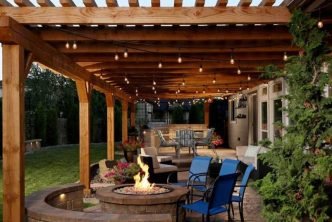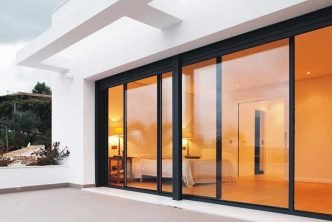When it comes to low-energy lighting solutions that add both functionality and flair to interior spaces, LED downlights are the clear frontrunner. This sleek and efficient variety of lighting can be used in both residential and commercial settings, providing optimal illumination precisely where needed. To ensure your space is adequately lit with the right number of LED downlights, a thorough assessment of factors such as room size, desired light intensity, and lumens is necessary. Here, we provide you with a comprehensive guide outlining the steps for accurately calculating the number of LED downlights required to fashion the perfect lighting system for any area. So, delve into this illuminating knowledge and create a space that’s as stylish as it is sensible.
Table of Contents
Understanding the Basics of LED Downlights
Widely regarded as a revolutionary advancement in illumination, LED (Light Emitting Diode) technology has revolutionized the lighting industry. With its array of incomparable benefits, LED lights offer an unrivaled level of energy efficiency and performance. Compared to traditional incandescent or fluorescent bulbs, LED lights use significantly less energy, minimizing your utility bills while simultaneously preserving precious resources. In addition to lowering consumption, they also boast a longer lifespan saving you time and money on frequent replacements.
The Role of LED Downlights
LED downlights, also known as recessed lights or pot lights, are an efficient and cost-effective lighting solution for both residential and commercial applications. Integrated into the ceiling, these fixtures can be used to provide directed and focused illumination in almost any setting. Depending on the size, shape, color temperature, and beam angle of the light fittings, LED downlights can be used to create general, task, or accent lighting with ease. This versatility makes them ideal for everything from creating a warm ambiance in living rooms to delivering bright illumination in workspaces. In addition to their functional use, LED Downlights come in a range of shapes that can be used to enhance the aesthetic appeal of any room or space.
Calculating the Number of LED Downlights
1. Measure the Room:
Accurately appraise the area before you start the installation. Capture the length and width of the room in traditional units of measurement like feet or meters to ascertain the total square footage. A precise evaluation of the dimensions is essential for establishing the ideal number of LED downlights.
2. Determine the Desired Illumination Level:
The desired illumination level for a room depends on its function. Different areas require varying levels of brightness. For example, a kitchen or workspace may require higher illumination, while a bedroom or living room may benefit from softer lighting. Use a light level guide to determine the recommended lumens per square foot for your space.
3. Calculate the Total Illumination Required:
To ascertain the total lumen output necessary to adequately brighten a room, simply multiply its square footage by the lumens per square foot recommended. This sum will serve as your starting point for establishing the ideal level of brightness.
4. Choose LED Downlights:
Select LED downlights with a suitable lumen output to match the calculated total lumens. Keep in mind that LED downlights come in different wattages and lumen outputs. Opt for fixtures that align with the calculated lumens to avoid over- or under-lighting the space.
5. Determine Spacing:
Proper spacing of LED downlights is essential to achieve even illumination without creating harsh shadows. As a general rule of thumb, space the fixtures apart at a distance equal to half the ceiling height. For example, if your ceiling is 8 feet high, space the downlights 4 feet apart.
6. Perform Final Calculation:
Unearth the exact amount of fixtures you need to achieve your desired lighting coverage by calculating the total lumens divided by the individual lumen output of each LED downlight. To ensure a smooth and satisfactory outcome, round up to the nearest whole number for optimal results.
In the realm of modern interior design, LED downlights are indispensable tools for achieving both functional and aesthetic lighting solutions. The process of calculating the number of LED downlights needed involves careful consideration of room size, desired illumination level, and appropriate spacing. By following the steps outlined in this guide, you can confidently design a lighting layout that not only meets your needs but also enhances the ambiance of your space. Remember, the right lighting can transform a room from ordinary to extraordinary, creating an inviting and engaging environment for all who enter. In addition to these considerations, make sure to explore the market for the Top LED downlights selection, allowing you to find fixtures that perfectly align with your vision and lighting requirements.





